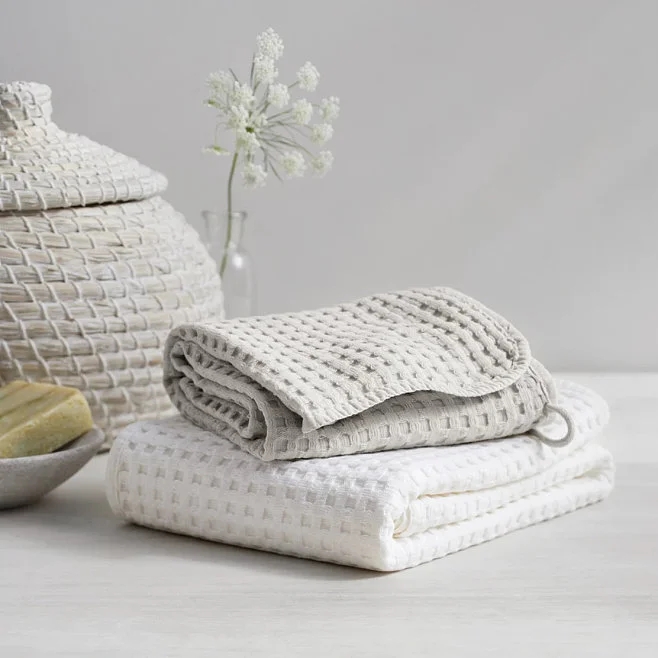Northern Europe: Eco-label becomes a new requirement for textiles
The Nordic countries’ increasing requirements for product design, stricter requirements for chemicals, increasing concerns for quality and longevity, and a ban on the burning of unsold textiles are part of the Nordic eco-label’s new requirements for textiles.
Clothing and textiles are the fourth most environmentally and climate-damaging consumer sector in the EU.There is therefore an urgent need to reduce environmental and climate impacts and move to a more circular economy, where textiles are used for the long term and materials are recycled.product design is one of the targets of the Nordic eco-label tightening requirements.
To ensure that textiles are designed to be recycled so that they can be part of a circular economy, the Nordic eco-label has strict requirements for unwanted chemicals and bans plastic and metal parts that have only decorative purposes.
